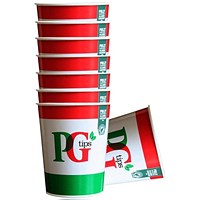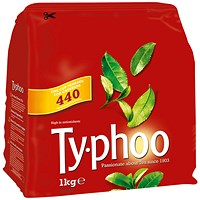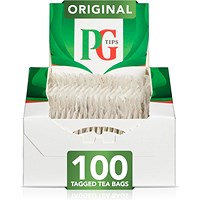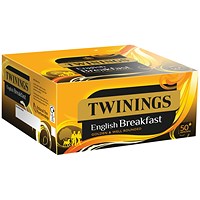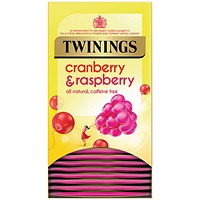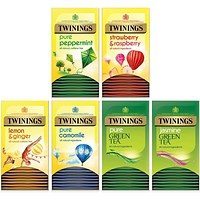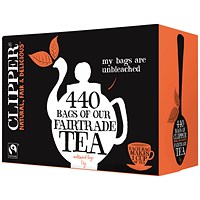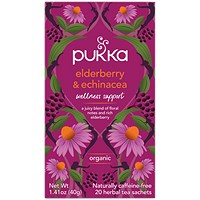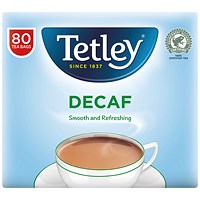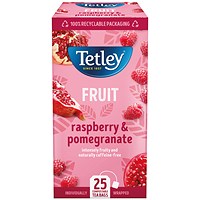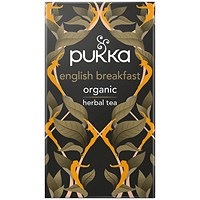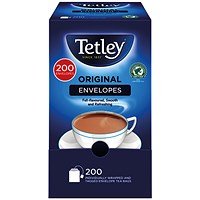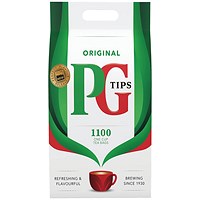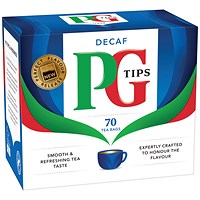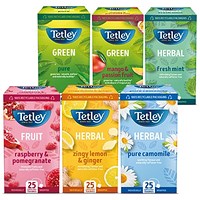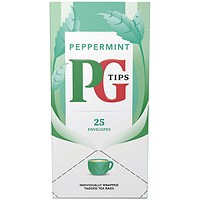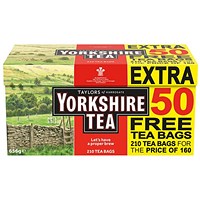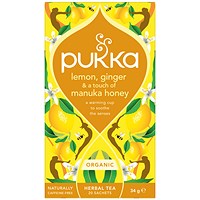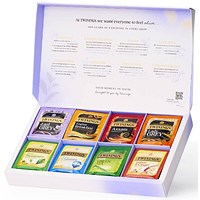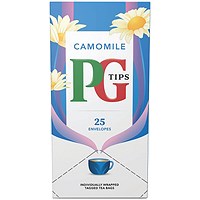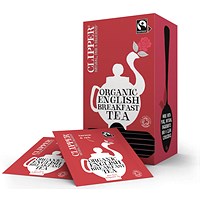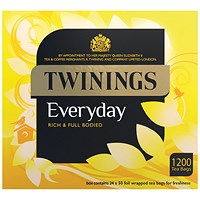A Guide to Tea
Tea is a hot drink made by steeping tea leaves in boiling water. Milk and sugar is added to the hot tea in some cultures. Like coffee, tea is an integral cultural fact of office life. In Britain, brief breaks from work are commonly referred to as 'tea breaks'. Tea-drinking is often seen as a quintessential element of Englishness, though tea consumption is pandemic throughout the world and correspondingly central to many cultures. Britons do drink a lot of tea but per capita Qataris, Lybians and the Irish drink more. Iraqis drink the most tea in the world.
We at Paperstone recognise the centrality of tea-drinking to the functionings of the office and accordingly we supply a wide range of brands, including Tetley, Twinings, Typhoo and PG tips, as well as organic and Fairtrade brands. We also cater for those who prefer herbal tea infusions – including camomile, peppermint, lemon and ginger, blueberry and apple, cranberry and orange.
Where does tea come from?
Tea has been drunk for a long time. Some date medicinal uses to China in c. 2700 BC. The first written account of growing, processing and drinking tea dates from c. AD 350. Tea cultivation was established in Japan by the thirteenth century. Chinese from Amoy bought tea to Formosa (Taiwan) in 1810. The Dutch began cultivation to Java in 1833. Dutch and English East India Companies had been bringing China tea to Europe from the seventeenth century and London became the centre of the tea trade. In 1824 the British discovered tea growing in a hill region between Burma and Assam in north-east India. The British introduced tea to Ceylon (Sri Lanka) in 1867. By the late nineteenth and early twentieth centuries tea cultivation had spread to Georgia, Sumatra, Iran and extended to non-Asian regions in central and southern Africa, Argentina, Peru and Brazil in South America and Queensland in Australia.



